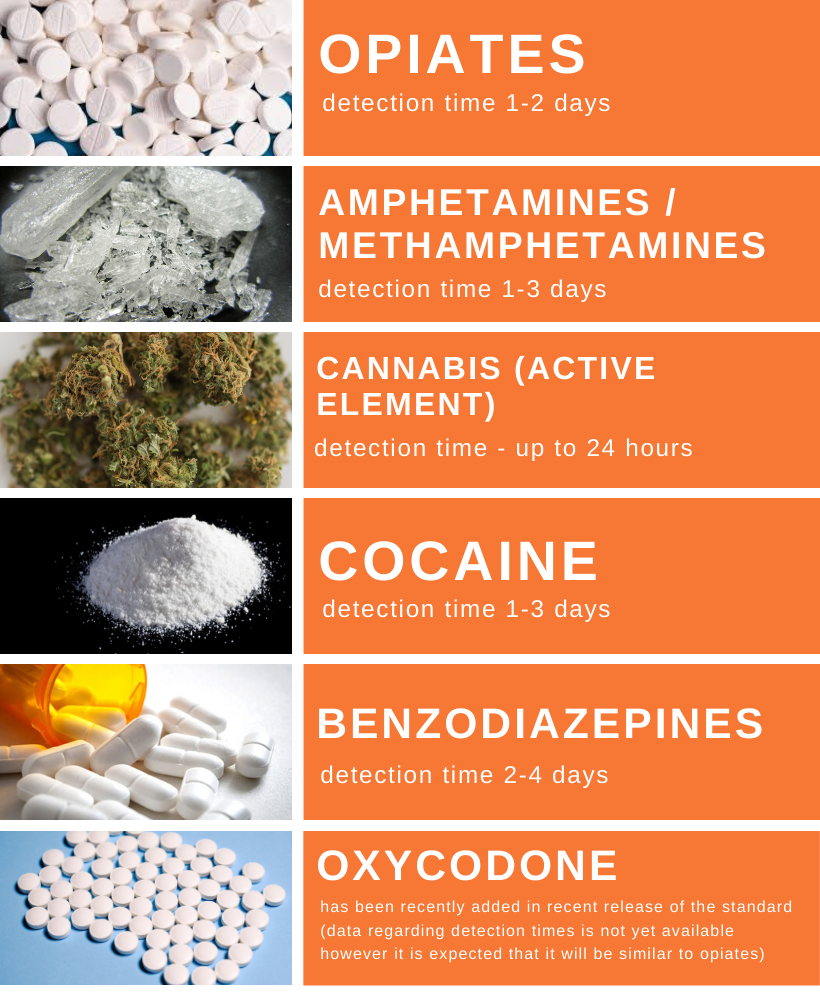Last month we looked at urine testing in the workplace, the advantages of implementing it as a preferred method of testing and what it can achieve for employers. In Australia, another common method of testing is oral fluid, which is thought by many to be a convenient way to reduce the risk of workplace drug and alcohol use, and its impacts.
Once again, it’s important to reiterate that the purpose of workplace drug testing according to Australian law is not about ‘catching’ employees who use drugs, but to reduce its negative impacts in the workplace. And although drug testing may shed insight into a workers personal life, a controversial area for some employees, employers have a legal obligation to protect their workers and workplace from any safety concerns.
‘10% of workplace deaths involve drugs or alcohol’
Contact Work Options to determine which testing method is best for your business.
What is an oral fluid drug test and how does it work?
Oral fluid or saliva testing measures the presence of certain illegal drugs and prescription medications via a mouth swab, much like a roadside drug test. Oral fluid tests are considered popular among employers, in part because they can be completed on-site, are considered less invasive than urine testing, and are relatively easy to administer.
Cut off levels for each drug class, for both initial and confirmatory testing, are set by Australian legislation (ASNZS 4760). Samples that contain drugs above the cut off concentrations are deemed positive.
Drugs detected through oral fluid:
ASNZ S4760 stipulates that the following drugs can be detected through oral fluid testing but does not exclude testing of other drugs such as Benzodiazepines:

The length of time a drug may still be detected after use can vary depending on a multitude of factors including the strength of a drug, individual metabolism and frequency of use, therefore timeframes should be used as a guideline.
What should be considered when oral fluid testing:
- When it comes to discretion, oral fluid testing is generally considered less invasive than urine testing, as only a private room is required. This is typically the main reason why employee groups and unions prefer oral fluid testing over urine testing.
- Where a drug class has been detected through initial testing at site, further testing is required by a NATA accredited laboratory.
- Samples with concentrations of drug above the cut off level (considered a positive drug screen) do not correlate with impairment but rather recent use. It is then inferred that that there is a risk that an individual may be impaired, and thus must be managed appropriately to ensure safety.
- When testing for cannabis, in contrast to urine testing which detects the THC metabolite, oral fluid testing detects the THC active element (or parent drug). For this reason, oral fluid testing is generally linked more with recent use and is therefore considered a better reflection of impairment.
- If a certified collector, in accordance with ASNZS 4760, conducts testing correctly the risk of adulteration is minimised.
- Oral fluid testing may detect prescription medications as well as illegal drug use.
‘$680 million in days lost to Australian workplaces due to drug and alcohol use’
Regardless of using urine or oral fluid testing methods, drug and alcohol testing can play a key role in protecting businesses from issues with Fair Work Australia, IR, unfair dismissal claims and the physical and financial burden of accidents and injury. However, no matter which testing method is used, the key to successful implementation for any business is:
- A robust Drug and Alcohol Management System which focuses on education, training and support to prevent misuse in the workplace
- A system which is developed in consultation with the workforce and complies with industry specific and other relevant WHS legislation
- Should be applied, reinforced and implemented consistently
- Sets a clear guide, including policies and procedures, with regards to codes of behaviour
- Testing should be conducted by certified collectors in strict accordance with relevant standards
To find out more about drug and alcohol testing, or to determine if your business is at risk of drugs and alcohol misuse, contact Work Options.
Related reading:
How employers can avoid 5 big mistakes when drug or alcohol testing
You suspect a worker is under the influence of drugs or alcohol, what’s next?
What to do when an employee fails a drug test
The biggest pitfalls in drug and alcohol testing policies

